Whether you're a scientist, historian, or simply looking for your next good read, we hope you enjoy this list of books that are written by, about, or featuring Earth and Planets Laboratory (EPL) scientists. From Vera Rubin's famed discovery of the evidence for Dark Matter to the search for the origins of life, this list of books will take you behind the scenes into the science, stories, and people that drive the boundary-pushing research we do at EPL.
We've included biographies, science primers, and historical accounts that are sure to inspire you to think about your world in a brand new way.
List compiled by the Earth and Planets Laboratory's librarian, Shaun Hardy. For more library resources, click here.
Shattering the glass ceiling
Stories about or by Earth and Planets Laboratory (EPL) scientists who led/are leading the way for women in science—transforming their fields in the process.
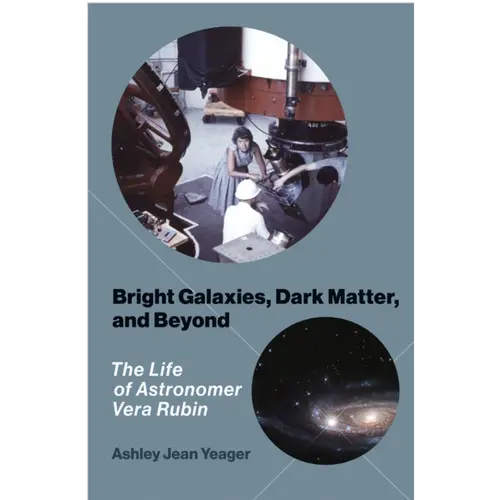
1. Bright Galaxies, Dark Matter, and Beyond: The Life of Astronomer Vera Rubin
by Ashley Jean Yeager (MIT Press, 2021)
“How Vera Rubin convinced the scientific community that dark matter might exist, persevering despite early dismissals of her work and widespread sexism in science.” (From the publisher)
Carnegie Context? Vera Rubin was a Staff Scientist at what is today the Earth & Planets Laboratory for nearly 50 years. In the 1970s, with collaborator Kent Ford, she provided observational evidence for Dark Matter—the invisible material that makes up more than 80 percent of the mass of the universe. In 2019 the Vera C. Rubin Observatory in Chile was named in her honor.
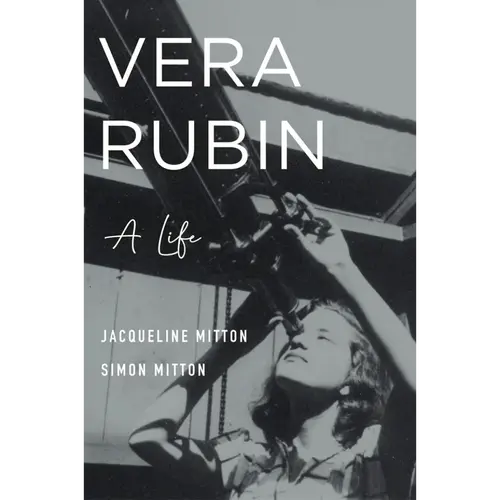
2. Vera Rubin: a Life
by Jacqueline Mitton and Simon Miton (Harvard University Press, 2021)
“The first biography of a pioneering scientist who made significant contributions to our understanding of dark matter and championed the advancement of women in science.” (From the publisher.)
Carnegie Context? Vera Rubin was a Staff Scientist at what is today the Earth & Planets Laboratory for nearly 50 years. In the 1970s, with collaborator Kent Ford, she provided observational evidence for Dark Matter—the invisible material that makes up more than 80 percent of the mass of the universe. In 2019 the Vera C. Rubin Observatory in Chile was named in her honor.
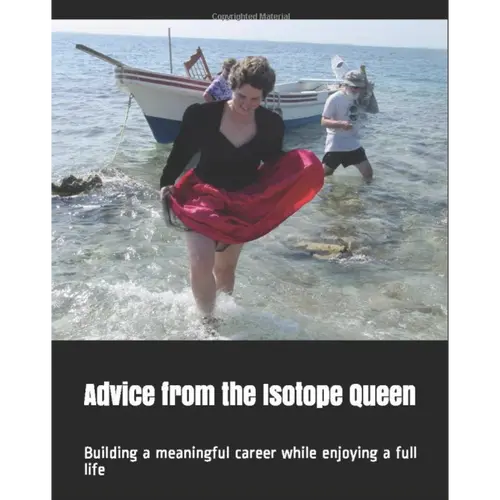
3. Advice from the Isotope Queen: Building a Meaningful Career While Enjoying a Full Life
by Marilyn L. Fogel (Yaqui Gulch Press, 2021)
“Equal part memoir, adventure story, travelogue about research at the ends of the earth and beyond, and most importantly, a "how to" compilation of sage and witty advice for scientists of all ages about achieving success, developing confidence, and striving for balance in life.” (Review by Chris Swarth)
Carnegie Context? Isotope geochemist Marilyn Fogel spent 33 years as a Staff Scientist at Carnegie’s Geophysical Laboratory—now part of the Institution’s Earth and Planets Laboratory. She blogs about science and scientists at Isotope Queen
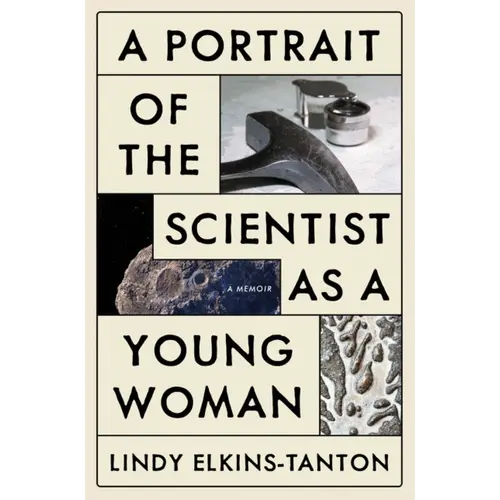
4. A Portrait of the Scientist as a Young Woman
by Lindy Elkins-Tanton (William Morrow, 2022)
“From one of the world’s leading planetary scientists, a luminous memoir of exploration on Earth, in space, and within oneself—equal parts ode to the beauty of science, meditation on loss, and roadmap for personal resilience.” (From the publisher)
Carnegie Context? Planetary scientist Lindy Elkins-Tanton served as the Director of the Department of Terrestrial Magnetism (now a part of the Earth and Planets Laboratory) from 2011 to 2014. She subsequently directed the School of Earth and Space Exploration at Arizona State University and currently leads NASA’s Psyche mission - the first to explore a metal-rich asteroid.

5. No Boundaries: 25 Women Explorers and Scientists share Adventures, Inspiration, and Advice
by Clare Fieseler and Gabby Salazar (National Geographic Kids, 2022)
“No Boundaries sends a positive message to every girl who has ever dreamed or dared to go a little further. And although these explorers' endeavors are quite adventurous, the lessons they share can inspire all girls, as well as boys, whatever their goals, skills, and interests.” (From the publisher.)
Carnegie Context? Carnegie Postdoctoral Fellow and astronomer Munazza Alam is one of 25 featured women to tell their stories in this book aimed at inspiring the next generation of scientists and explorers.
Historic moments and scientific discoveries
Books about the history of science on the Earth and Planets Laboratory campus, our impact on modern science, and dramatic tales of scientific discovery.

6. 12 Seconds of Silence: How a Team of Inventors, Tinkerers, and Spies Took Down a Nazi Superweapon
by Jamie Holmes (Houghton Mifflin Harcourt, 2020)
“The riveting story of the American scientists, tinkerers, and nerds who solved one of the biggest puzzles of World War II—and developed one of the most powerful weapons of the war.” (From the publisher.)
Carnegie Context? During WWII, physicist Merle A. Tuve and a team of scientists at the Department of Terrestrial Magnetism (now a part of the Earth and Planets Laboratory) began the development of the first proximity fuse, a secret weapon that helped turn the tides of the war.
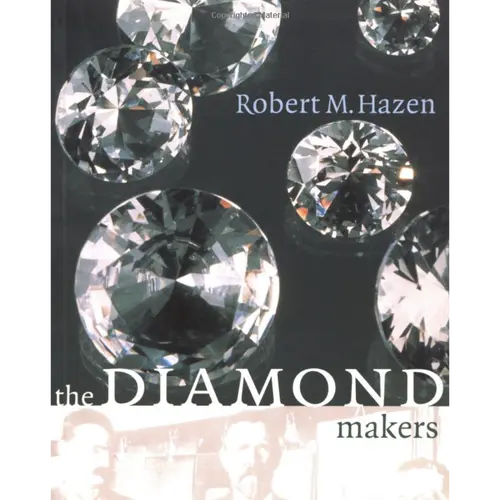
7. The Diamond Makers: a Compelling Drama of Scientific Discovery
by Robert M. Hazen (Cambridge University Press, 1999)
“Vividly recounts the very human desire to exceed nature and create a synthetic diamond … blend[ing] drama and science to reveal the extraordinary technological advances and devastating failures of the diamond industry.” (From the publisher.)
Carnegie Context? Robert Hazen is a Staff Scientist at the Earth and Planets Laboratory. In this book, Hazen recounts the story that led to the development of synthetic diamonds, processes that were refined and patented here at EPL. From 2009 through 2019 Hazen was also the Executive Director of the Deep Carbon Observatory. He is the author of more than 20 books on science, history, and music.
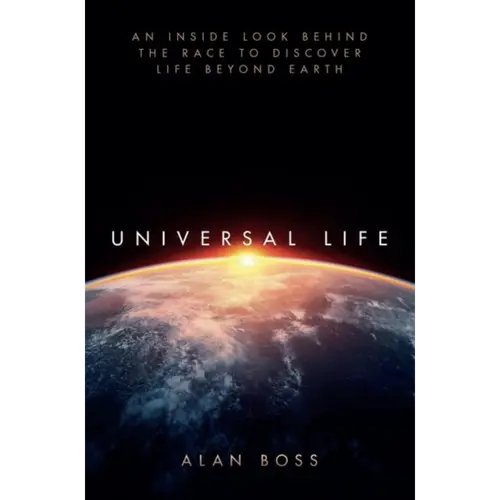
8. Universal Life: an Inside Look Behind the Race to Discover Life Beyond Earth
by Alan Boss (Oxford University Press, 2019)
Summarizes the current state of exoEarth knowledge, and what will happen next in the post-Kepler world … the narrowing of the search for habitable worlds to the stars that are the closest to Earth.” (From the publisher.)
“Takes readers along on the roller-coaster saga of modern planet-hunting … The story is as much about how modern science gets done as it is about the fascinating results." (Publishers Weekly)
Carnegie Context? Astrophysicist Alan Boss is a Staff Scientist at the Earth and Planets Laboratory. Recently, Boss looked at Kepler data from over 80,000 stars and determined that there is roughly one Earth-like planet for every two sun-like stars in our galactic neighborhood, a higher frequency than previously imagined. Interview will Boss >>
Looking for the origins of planets (and life!)
Books that break down the science behind our current understanding of the origins of life and the evolution of our Solar System.
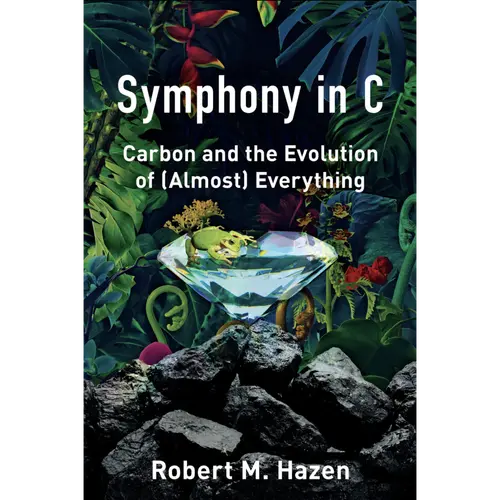
9. Symphony in C: Carbon and the Evolution of (Almost) Everything
by Robert M. Hazen (W. W. Norton, 2019)
“Hazen leads us on a global journey through the origin and evolution of life’s most essential and ubiquitous element.” (From the publisher.)
Carnegie Context? Robert Hazen is a Staff Scientist at the Earth and Planets Laboratory. Hazen pioneered the concept of mineral evolution and developed the idea of mineral ecology. From 2009 through 2019 Hazen was also the Executive Director of the Deep Carbon Observatory. He is the author of more than 20 books on science, history, and music.
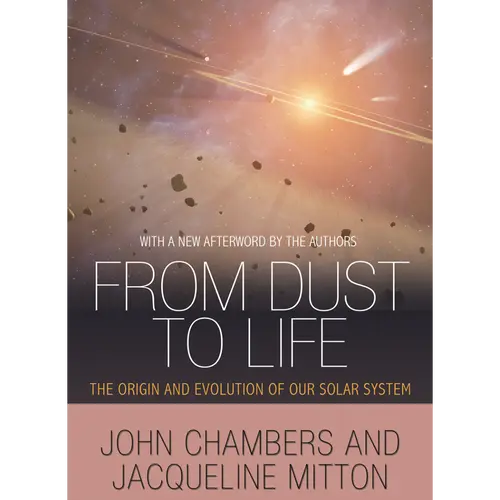
10. From Dust to Life : the Origin and Evolution of our Solar System
by John Chambers and Jacqueline Mitton (Princeton University Press, 2014)
“The remarkable story of how the celestial objects that make up the solar system arose from common beginnings billions of years ago, and how scientists and philosophers have sought to unravel this mystery down through the centuries.” (From the publisher)
Carnegie Context? EPL astrophysicist John Chambers studies what forces shape the physical and chemical properties of planets and seeks to understand how common Earth-like planets capable of supporting life may be.
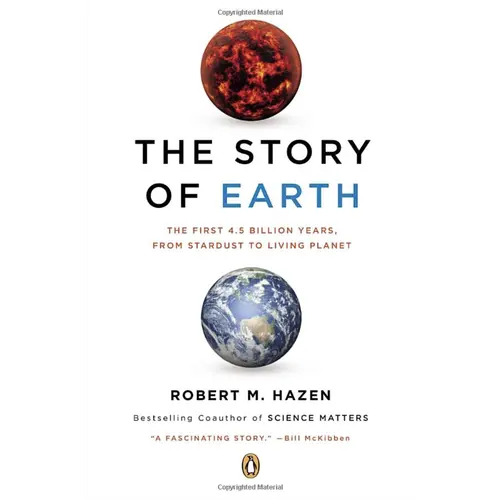
11. The Story of Earth: the First 4.5 Billion Years, from Stardust to Living Planet
by Robert M. Hazen ( Penguin Random House, 2013)
“A radical new approach to Earth history in this intertwined tale of the planet’s living and nonliving spheres … Lucid, controversial, and on the cutting edge of its field.” (From the publisher.)
Carnegie Context? Robert Hazen is a Staff Scientist at the Earth and Planets Laboratory. Hazen pioneered the concept of mineral evolution and developed the idea of mineral ecology. From 2009 through 2019 Hazen was also the Executive Director of the Deep Carbon Observatory. He is the author of more than 20 books on science, history, and music.
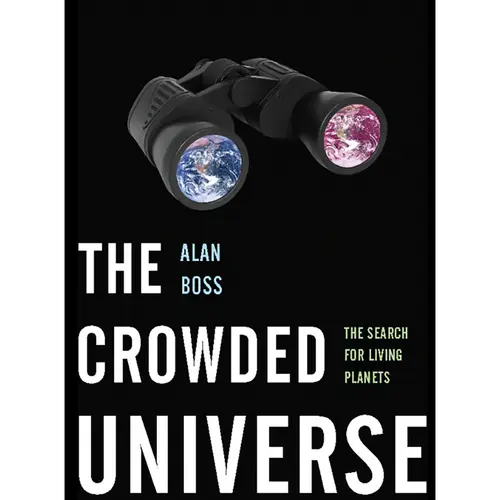
12. The Crowded Universe: the Race to Find Life Beyond Earth
by Alan Boss (Basic Books, 2010)
“In the coming years we will find abundant Earths, including many that are indisputably alive. Life is not only possible elsewhere in the universe, Boss argues — it is common.” (From the publisher)
Carnegie Context? Astrophysicist Alan Boss is a Staff Scientist at the Earth and Planets Laboratory. Recently, Boss looked at Kepler data from over 80,000 stars and determined that there is roughly one Earth-like planet for every two sun-like stars in our galactic neighborhood, a higher frequency than previously imagined. Interview will Boss >>
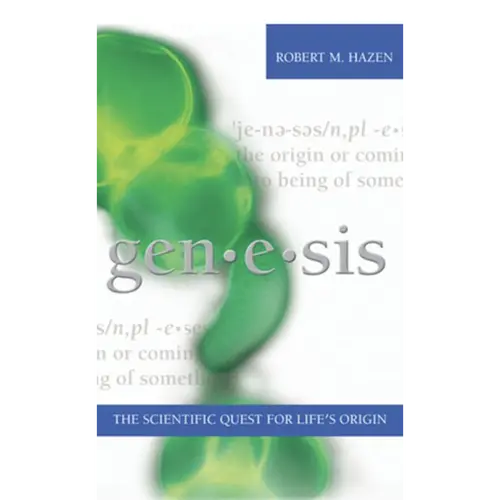
13. Genesis: the Scientific Quest for Life's Origin
by Robert M. Hazen (Joseph Henry Press, 2005)
“Tells the tale of transforming scientific advances in our quest for life’s origins. Written with grace, beauty, and authority, it goes directly to the heart of who we are and why we are here.” (From the publisher)
Carnegie Context? Robert Hazen is a Staff Scientist at the Earth and Planets Laboratory. Hazen pioneered the concept of mineral evolution and developed the idea of mineral ecology. From 2009 through 2019 Hazen was also the Executive Director of the Deep Carbon Observatory. He is the author of more than 20 books on science, history, and music.
Getting started in science
Books that help you build your scientific knowledge from the ground up.
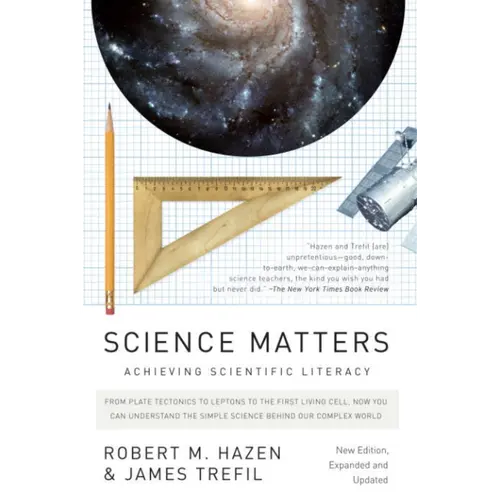
14. Science Matters: Achieving Scientific Literacy
by Robert M. Hazen and James Trefil (Anchor Books, 2009)
“Refreshingly accessible explanations of the most recent developments in science, from particle physics to biotechnology.” (From the publisher)
Carnegie Context? Robert Hazen is a Staff Scientist at the Earth and Planets Laboratory. Hazen pioneered the concept of mineral evolution and developed the idea of mineral ecology. From 2009 through 2019 Hazen was also the Executive Director of the Deep Carbon Observatory. He is the author of more than 20 books on science, history, and music.
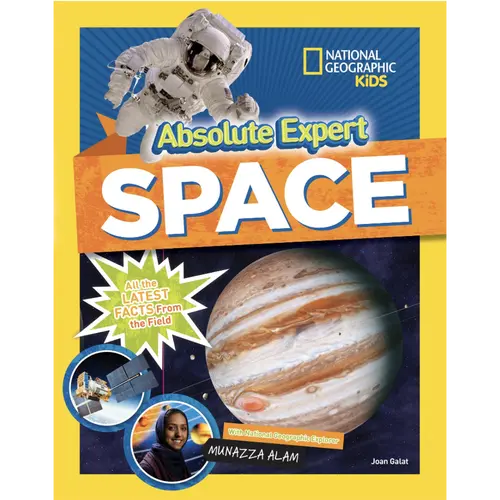
15. Absolute Expert: Space: All the Latest Facts from the Field
by Joan Galat (National Geographic Kids, 2020)
“Discover everything you've ever wanted to know about space in a stellar book for aspiring experts, featuring exclusive astronomical insights and info from National Geographic explorer and astrophysicist [and Carnegie Postdoctoral Fellow] Munazza Alam! Ready to go on an out-of-this world adventure?" (From the publisher)
Carnegie Context? Carnegie Postdoctoral Fellow and astronomer Munazza Alam introduces scientific concepts to kids in this National Geographic primer on space.
